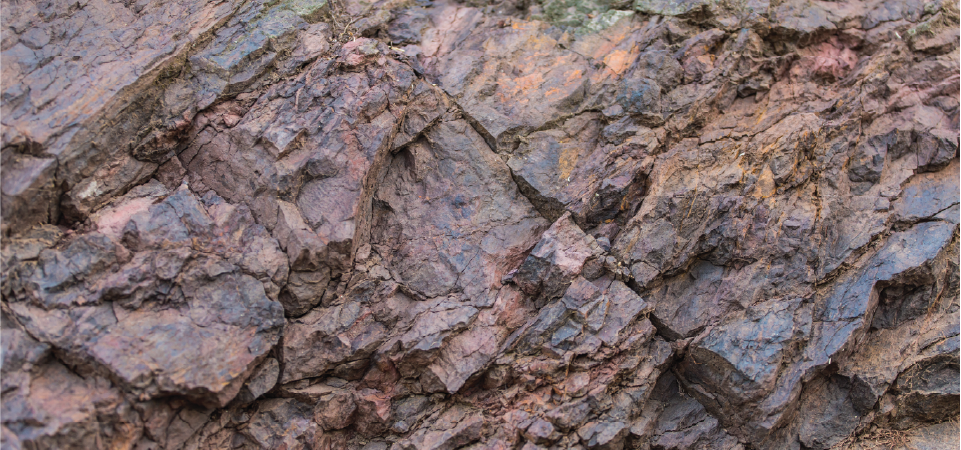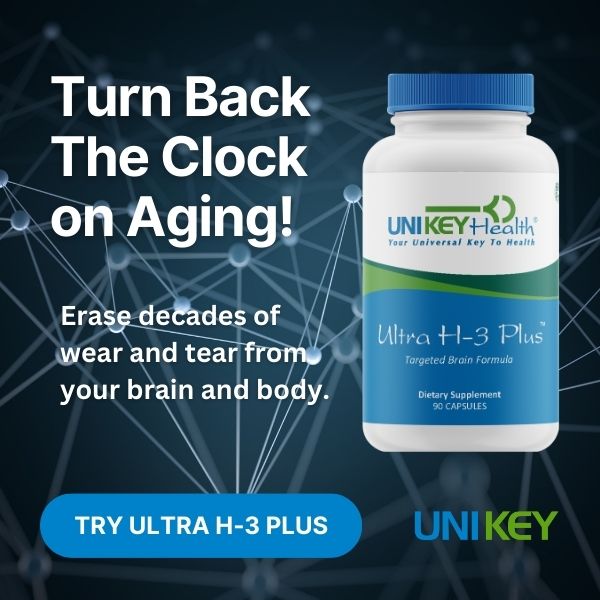For most of our young lives, we were told to be sure to get enough iron in our diet and our multivitamins. As a public health nutritionist, I got the message over and over. And to be sure, iron deficiency with its classic symptoms of debilitating fatigue and shortness of breath, is something to be reckoned with. We even begin screening for it as young as 12 months of age because lack of iron can stunt a child’s development and growth. However, once you are around 18 years old, excess iron starts to accumulate in your blood at the rate of about 1 mg per day and continues to build up over the years.
Interestingly, women of childbearing age have roughly half the circulating iron that men have due to blood loss during menstruation. Women in this age group also have roughly half the rates of heart disease, cancer, and diabetes.
You have to wonder about the effects of all this iron accumulating in men. And, what about women who’ve gone through menopause? Both probably need less iron than they’re getting on a daily basis. Many processed foods such as flour, refined rice, cornmeal and breakfast cereals are fortified with iron, and many multivitamins are chock-full of it.
All of this is to ensure that children and women of childbearing age receive adequate amounts. But, iron overload as we age is at least as much of a concern as iron deficiency at a younger age – and just as dangerous. It carries with it the risk of heart disease and hypertension – for both men and post-menopausal women – as well as a host of unpleasant symptoms including fatigue, low immunity, abdominal pain and lack of mental clarity.
You see, the problem is that once we accumulate more iron than we need, the protein ferritin stores the excess – until it can’t. The excess iron builds up, and this unbound renegade accelerates oxidative stress, essentially “rusting” your body tissues and organs, aging you prematurely. The result is a dramatic increase in your risk of heart disease, cancer, arthritis, cataracts, diabetes, osteoporosis, liver disorder, disease of the retina, and brain disorders, such as Alzheimer’s disease.
Unveiling the Elephant in The Room
Many years ago I read a book called The Iron Elephant (Vida, 1992) that opened my eyes to the hidden dangers of iron overload. I realized that too much iron is not a good thing, and that iron overload isn’t getting the attention it deserves. In my new book, Radical Longevity, I’ve added decades of new research to what I learned back then. Here’s a sneak peek at some of the nitty gritty:
- Too much iron accelerates aging by causing oxidative stress that damages cells and is linked to arthritis, fatty liver disease, metabolic syndrome, type 2 diabetes, and even cancer.
- Ask your doctor for a ferritin blood test – ferritin in both men and postmenopausal women is optimal between 50 and 70 ng/ml.
- Accumulating iron is not naturally removed from the system except through the blood, via menstruation or blood donation. So do yourself and others a favor and go donate some blood.
- Vitamin C is the only known vitamin to help optimize iron levels, whether high or low. The suggested dosage is 3,000 to 5,000 mg daily of a time-released or buffered vitamin C supplement.
- When choosing a daily multivitamin be sure to choose one that’s iron-free and copper-free.
Kick Copper to the Curb
I recommend UNI KEY Health’s Advanced Daily Multivitamin for adults of all ages and stages of life. This iron-free, copper-free multi supports optimized metabolism and weight maintenance with over 30 key vitamins, minerals, and antioxidants, including methylated B-12 for optimum absorption, chromium for healthy blood sugar, increased vitamin D for immunity, brain and bone health, and iodine for thyroid support. It also includes one of my favorite long-life nutrients, sunflower lecithin, to help metabolize fat more effectively. If that isn’t enough, you’ll also benefit from plant-based enzymes to help assure delivery of all these essential vitamins, minerals, antioxidants and phytonutrients right into your system where they enhance your health on a cellular level.
For a more in-depth discussion on how to address iron overload, including targeted, doable, iron-binding solutions, get your copy of Radical Longevity today. And, do check out my blog about another sneaky mineral that may be a root cause of cognitive decline hiding in your pipes, cookware, and more, “Could Copper Be Clogging Your Brain?”
You’ll also want to take a minute to listen to my latest podcast with celebrity nutrition and fitness expert, and fellow New York Times Bestselling Author, JJ Virgin, “7 Secrets to Bold, Brave Resilience” – episode 73. Prepare to be inspired and encouraged as JJ shares her own personal story as a mother battling for her son and her own future.












5 Responses
Fascinating information about iron. It’s not easy to find an iron free multi. So glad you offer one.
I too read the Iron Elephant. I am anxious to read your updates on this iron problem in Radical Longevity.
Learning that being past menopause creates more of a risk for accumulated iron is pretty scary. I will carefully read labels and avoid iron rich foods. Thank you for the information.
So glad to read about your take on iron. I am getting Radical Longevity and hope to learn more.